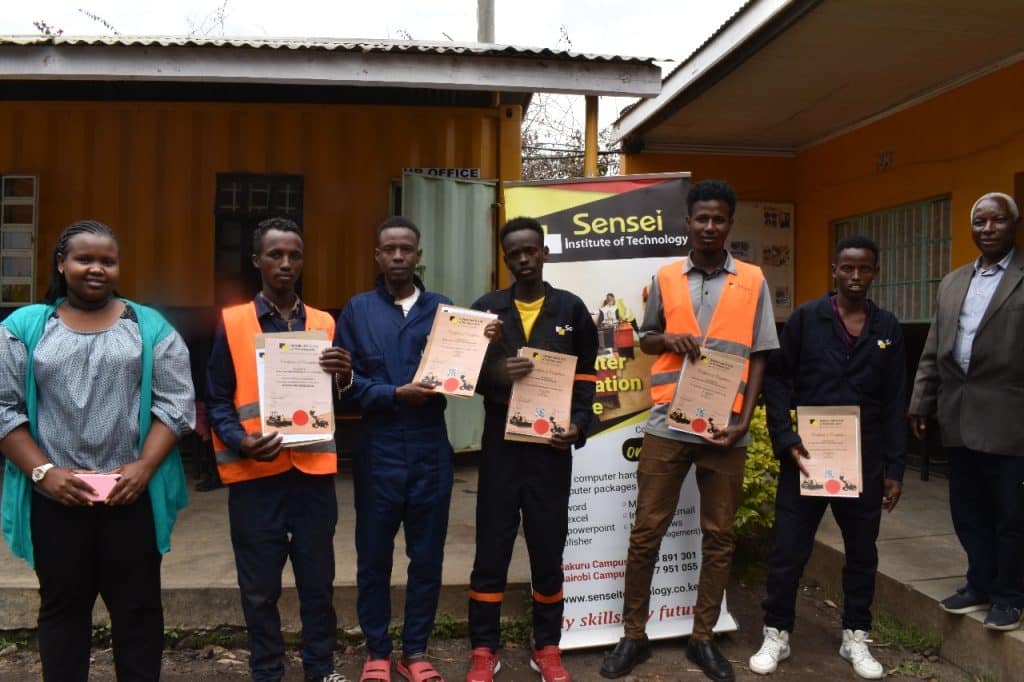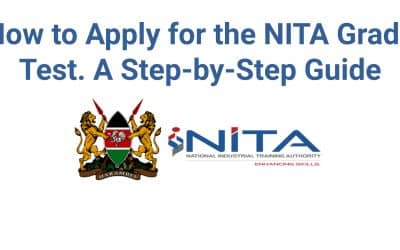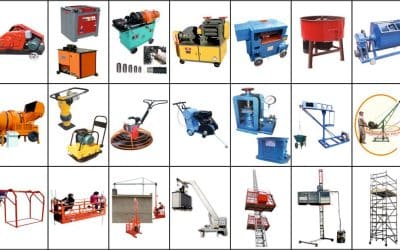
In today’s competitive job market, a strong vocational education can be just as valuable as a traditional university degree. Dual TVET (Technical and Vocational Education and Training) is an innovative approach that combines classroom learning with practical workplace experience, preparing students for successful careers in their chosen fields. This blog post explores the concept of Dual TVET in Kenya, its benefits, and the steps involved in its implementation.
What is Dual TVET?
Dual TVET combines theoretical knowledge gained in a TVET college with hands-on training provided by industry partners. Students spend a significant portion of their program duration, typically at least 50%, working in real-world settings. This allows them to apply the concepts learned in class and develop essential practical skills valued by employers.
Why is Dual TVET Important for Kenya?
Kenya recognizes the crucial role that TVET plays in developing a skilled workforce to drive economic growth. Dual TVET offers several advantages over traditional TVET programs:
- Increased Employability
By equipping graduates with industry-relevant skills and experience, Dual TVET makes them more competitive in the job market.
- Reduced Skills Gap
The program bridges the gap between the skills taught in TVET colleges and the actual needs of employers.
- Enhanced Practical Learning
Hands-on experience in workplaces allows students to develop practical skills and gain valuable industry insights.
- Improved Job Placement Rates
Graduates with practical experience are more likely to secure employment upon graduation.
A Kenyan Success Story: The Pilot Phase
In 2019, the Kenyan Ministry of Education, through the State Department of TVET, launched a pilot phase of Dual TVET in seven public TVET institutions across the country. This German government-supported initiative aimed to test the program’s effectiveness in the Kenyan context. The pilot focused on various vocational areas, including automotive mechatronics, refrigeration and air conditioning, and plant technician training. The lessons learned from this pilot phase are now being used to develop a national rollout of Dual TVET across Kenya.
How Does Dual TVET Work in Kenya?
The program’s implementation involves several key steps:
- Planning and Preparation
TVET institutions identify suitable vocational courses, assess workshop facilities, and ensure the availability of qualified trainers. Additionally, they establish a clear certification process for Dual TVET programs.
- Onboarding Companies
TVET colleges collaborate with companies in relevant industries. This includes conducting orientation sessions to explain the program and identifying the number of training positions companies can offer.
- Student Selection
Students are selected based on their academic qualifications and interest in the program. Industries may conduct interviews to choose candidates who best fit their needs.
- Dual TVET Implementation
The program commences with a pre-determined rotation model, with students dividing their time between the TVET college and industry placements. Trainers from both institutions collaborate to ensure effective knowledge transfer and skill development.
Course Completion and Transition to the Labor Market
Upon successful program completion, students receive industry-recognized certifications and are well-equipped to enter the workforce. Companies may choose to retain graduates who have already gained experience within their specific work environment.
Sample Timeline for a Dual TVET Intake in Kenya
The following timeline provides a general guideline for recruiting a Dual TVET class, with adjustments possible based on specific circumstances:
- Month 1: Initial planning, program design, identification of vocational areas, securing industry partnerships.
- Month 2: Student selection through advertising, shortlisting, industry orientation sessions, and company interviews.
- Month 3: Training agreements with students and companies, issuing admission letters, logistical preparations, and potential in-company trainer training.
- Month 4: Program commencement, implementation of training plans, student progress monitoring, and communication between trainers.
Project-Specific Information for Kenya
The Kenyan Ministry of Education, in collaboration with the GIZ Project team, is leading the implementation of Dual TVET. Here are some key details regarding the project:
- The project aims to establish the capacity of TVET institutions to run Dual TVET programs by December 2026.
- The project will involve workshops, seminars, and training sessions for capacity development.
- TVET colleges are expected to have at least two Dual TVET programs running concurrently, with intakes in September and May.
- Each college should establish a Dual TVET Task Force to oversee program implementation.
- Industry-based trainers will receive training to enhance their skills in knowledge transfer.
Conclusion
Dual TVET holds immense potential to transform Kenya’s vocational education landscape. By combining theoretical knowledge with practical workplace experience, the program equips graduates with the skills and experience needed to thrive in the job market. The successful implementation of Dual TVET requires






